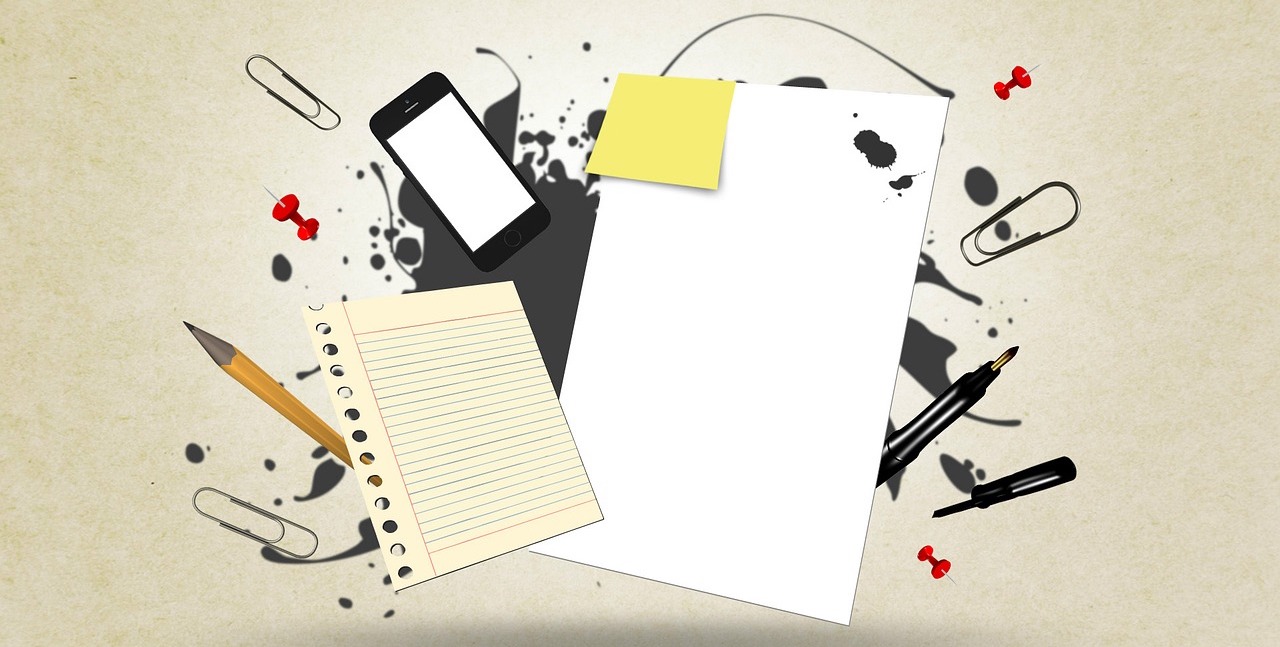With the SJT fast approaching, many finalists will be wondering how on earth to prepare for such an exam. It’s an exam unlike any other – and one which holds significantly more weight. This unique exam can be somewhat anxiety provoking. The good news is, despite what people may say, there are several things you can do to prepare.
If you’re looking for a basic intro to the exam, read our previous blog post in the SJT series – today, we’ll look at technique and theory to ace the SJT.
How?
To ace this assessment, you’ll need to understand the thinking patterns and principles which underlie the questions. Five core domains are assessed:
- Commitment to professionalism
- Coping with pressure
- Effective communication
- Patient focus
- Working effectively as part of a team
The most reliable way to achieve this is to practice using the online mock papers, available on the official SJT website. You should sit these papers like you will the real exam. Print both the markable answer sheet and the papers , rather than doing them online or from a screen. The exam is highly time pressured – so practice under strict timed conditions. Ideally, sit the papers in a quiet room, together with one or two friends. This means that afterwards you can mark your papers together and gives you an opportunity to discuss and debate the rationale for each answer.
The combination of carefully reading through the mock paper answering rationale, discussing the mock papers with colleagues, and reading the GMCs Good Medical Practice, will allow you to begin forming your principles. I found it useful to write these principles in a notepad as I went along.
Aside from gaining understanding of the principles that the exam is based upon, there are two very simple things you can do to maximise your score. Firstly, ensure you pay close attention to marking your answer sheet correctly. The official marking instructions are explained as follows:


This seems obvious, but between the pressure of the exam and the extremely tight timing, it’s surprisingly easy to mark your answers incorrectly! I know this, because this very same advice was given to me; I found that even after meticulously marking my answers, in the remaining few minutes I had to check my paper I discovered certain questions where I had double marked rows and/or left rows blank. Each ranking option is worth up to 4 points. However, if you tie two options you receive no points for either option. For selection questions, a total of 12 marks is available. If more than 3 options are selected, you receive 0/12 for the entire question. I would therefore highly recommend that with any remaining minutes after finishing the paper, to scan through your answer sheet to ensure that in part one, every row is marked just once, and that no rows are left blank, and that only three options have been marked in part 2.
The second piece of simple advice I would like to emphasise is scrupulous timekeeping to guarantee that you finish the exam. I would advise setting fixed time targets for each section of the paper to ensure you keep on track. In part one, even if you rank your options completely out of order, the minimum number of marks awarded is still 8/20. Compare this with 0/20 if you don’t complete the question at all – it’s a big difference! The technique that I used was to mark the most and least appropriate option, and then not to spend too much time deliberating the middle three. Furthermore, I personally found that more brain energy was needed in part two in order to gain points than in part one – where near misses are still awarded points. For this reason, some people prefer to begin with part two.
What?
A common question asked is what resources to use. My experience was that I didn’t find books or question bank websites useful. If you do choose to use them, it is generally advised to take them with a pinch of salt, since the reasoning of the unofficial question writer may differ from that of a real examiner. The official resources are the only resources guaranteed to be accurate – the most important of which are the mock papers and their rationales. I would recommend doing and reviewing each of the mock papers several times.
I would highly recommend Medics.Academy’s own SJT course, which covers a structured breakdown of the exam, how to tackle different question styles and exam technique. I found the Medics.Academy Final Year Facebook group a great place to open questions up for discussion – especially when you and your friends are hitting a brick wall and that last-minute panic starts seeping in!
When?
So now you know what you should be doing – but when do you start? You are likely to hear conflicting opinions on this. The reality is to think about what works for you; it’s important to give yourself sufficient time for the principles to settle and to ensure you are not rushed in your preparation, however it is also advised not to over prepare.
My personal advice is to start looking into the exam about one to two months in advance, whether it be gathering advice or lightly practising some questions. I would advise doing this just once or twice a week and giving yourself ample time in between to allow the principles to settle.
Reading through the official information booklet to familiarise yourself with the exam is a good place to begin. My experience was that three weeks in advance of the exam was an appropriate amount of time to begin the practice papers and to really start forming your principles. Allow yourself adequate time between doing the mock papers, such that you forget your answers and can redo the mock exam based on the principles you have formed.
Finally – don’t forget to use common sense!
Wishing everyone sitting the SJT this round the best of luck.
About the Author
 Abi Pomeranc is a Foundation Year 1 doctor practising at Worthing Hospital. She graduated from Barts and the London School of Medicine, where she received numerous prizes as well as 5 distinctions throughout medical school, culminating in her achieving Proxime Accessit to the University of London Gold Medal, a prestigious exam for the top medical students in London. She has an interest in medical education, and continues to lead numerous clinical teaching sessions and lectures for medical students.
Abi Pomeranc is a Foundation Year 1 doctor practising at Worthing Hospital. She graduated from Barts and the London School of Medicine, where she received numerous prizes as well as 5 distinctions throughout medical school, culminating in her achieving Proxime Accessit to the University of London Gold Medal, a prestigious exam for the top medical students in London. She has an interest in medical education, and continues to lead numerous clinical teaching sessions and lectures for medical students.




